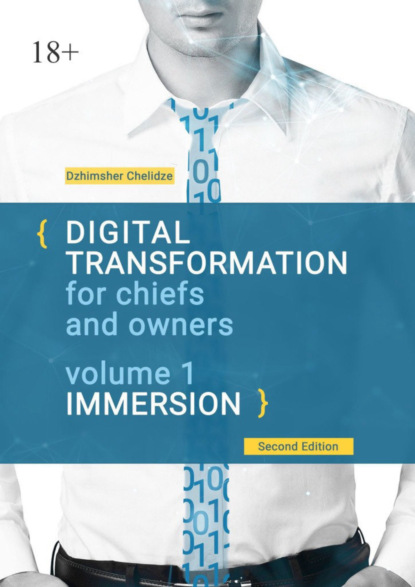Users have free access to the basic (Free) version of the product, which is usually limited in the most valuable features. To use more features or resources, you must upgrade to a paid version (Premium).
An example is Spotify. Everyone can use the service for free (and receive advertising), but if you want more features and better quality, you need to pay for a monthly subscription. This is also a great example of how business models can be mixed.
Now it’s one of the most popular models. In the free version you can «sew» advertising and earn on it, and if the user does not want to receive it, then earn directly.
– Model on request
On-Demand works, for example, in online video stores, where you get the right to watch a movie for a certain period of time (Amazon Video, Apple TV+ and so on. d.).
The same system is used when you book a consultant and pay depending on how long you need help.
– E-commerce model
This is an example of trading platforms (Aliexpress, Amazon) or online stores. Today, it is also the best-known business model on the web, as you can buy almost anything online.
– Platform model (two-way marketplace)
The bilateral market is something that we see quite often on the Internet. Sellers and buyers use the third-party platform (Yandex Market, Ozon) to trade their goods and services.
The biggest problem with this business model is its complexity and dynamics. If you don’t have sellers, you’ll never attract buyers, and if you don’t have buyers, you’ll lose sellers. Thus, the bilateral platform should carefully scale demand and supply simultaneously to keep both sides attractive.
– Ecosystem model
Digital ecosystems are one of the most complex and powerful business models. A striking example is Apple. If you’re in the ecosystem, it’s gonna be hard to get out. Try switching from Android to iOS or back – this is not the easiest task for the ordinary person. However, inside the ecosystem you are comfortable, you get used to «single purse».
– Ownership Access Model/Sharing Model
This is the so-called «sharing economy». Such a system allows you to pay for a product, service or offer for a certain amount of time without obtaining real property rights. This can be a car rental (for example, Yandex Drive, Delimobile), apartment rental (for example, Airbnb) or even industrial machinery. An example of the latter is «Kamaz». As part of their digital transformation strategy, they launch short-term truck rental services. And this was made possible by the widespread use of digital technology.
This business model is one of the most revolutionary when one considers its impact on ownership and the resulting revenues. The car could suddenly become a source of income instead of just generating costs.
– Experience model
Adding experience to products that would not have been possible without digital technology. One example is Tesla, which has brought the automotive industry a whole new digital experience by adding digital services and even a digital ecosystem to its cars, which are now the main engine for their business model.
– Service Model
Here we talk about the fact that the user pays not for the product, but for the service. For example, the fertilizer producer does not supply the customer with fertilizer, but combines expertise and resources, providing services for the treatment of the area and increase of the crop.
He’s got big data that he’s learning to develop more efficient fertilizers, he’s got cheaper technology (economies of scale), more advanced logistics, and so on.
Or, for example, buying industrial equipment, you do not fill your head with questions of its maintenance. The manufacturer collects the data, analyzes it and organizes the service itself.
Preparing for digital transformation and digitization
Before you implement any changes, you need to understand what is now? What is your starting point? On this depends the whole further strategy.
The conscious construction of digital transformation involves, in one form or another, the following three steps:
1) definition of the «basic» situation, starting point;
2) target level definition (where do we want to go?);
3) planning actions to reach the target level.
In principle, as will be seen below, there is nothing new here, all this is combined with the basic methods of change implementation.
Digital maturity is the ability to use digital tools to achieve key performance, or more precisely, to shape a better value proposition for customers.
Among the various ways to measure the level of digital maturity I can distinguish the RANHiGS technique. It includes seven assessment areas and describes their maturity levels.
– Digital culture
The level of organizational culture supporting the processes of continuous improvement and innovation, change management.
– Frames
Compliance of personnel with competencies necessary for successful work in the digital economy.
– Processes
Application of process management practices: process optimization methods, lean production, design thinking. Process analysis, monitoring and continuous updating.
– Digital Products
Analysis of existing products and activities with them. The product is a solution to the user’s need, carrying value for the latter.
– Models
Use of information models in the organization, their constant updating, validity and inclusion in processes.
– Data
Access to the necessary data in real time with the necessary level of security. Completeness and quality of data for decision making.
– Infrastructure and tools
Access to modern digital infrastructure and ensure operation on all types of devices.
My focus in my work is more on:
– industry and company performance versus competitors;
– the use of modern technologies and work with data;
– working with operational processes, including their optimization;
– approach to project management and implementation of changes, creation of products;








 Рейтинг:
0
Рейтинг:
0